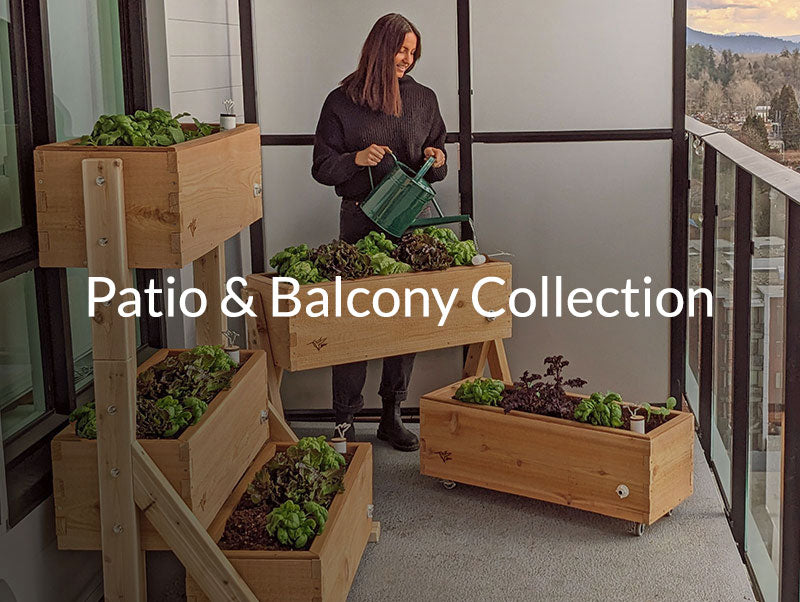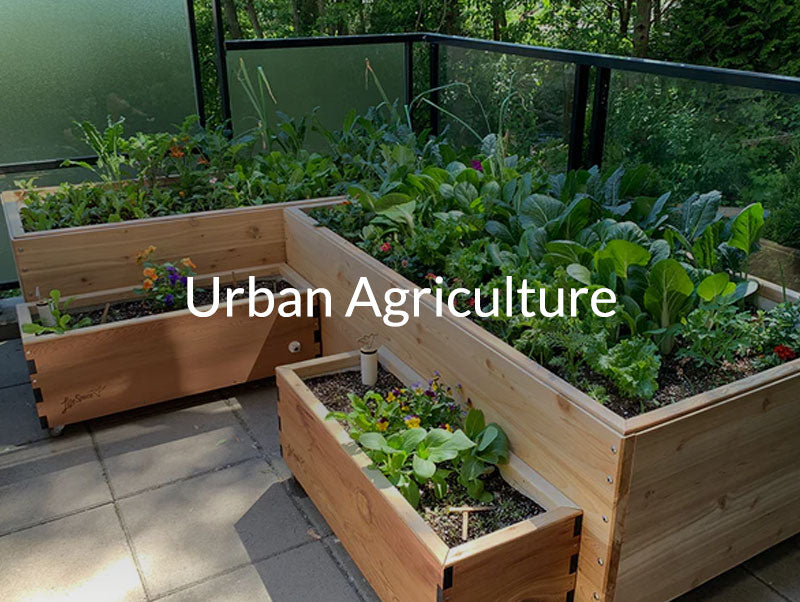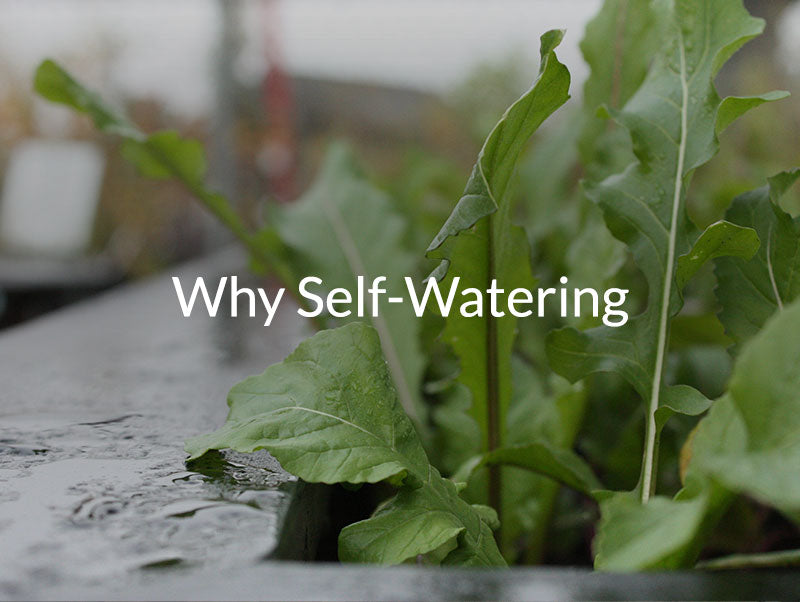Pumpkin Growing Guide🎃: Planting, Care & Harvesting Tips

Introduction
Pumpkins are the ultimate fall harvest crop — perfect for carving, baking, and everything in between. Though they require space, they thrive in SIPs, wicking beds, and raised beds where consistent bottom-up watering delivers healthy vines and larger fruits. Using GardenWells inserts converts any raised bed into a high-performance wicking bed, keeping roots consistently hydrated during peak summer growth.
When to Plant Pumpkins
-
Spring: Start seeds indoors in April or direct-seed outdoors in May after the last frost. Check our April Gardening Guide for indoor-starting tips.
-
Summer: June planting produces midsummer vines and early fall harvests. See the June Gardening Guide for SIP vine management.
-
Fall Prep: Pumpkins are harvested September–October; visit the October Gardening Guide for curing and storage tips.
Square Foot Gardening Spacing
-
Spacing: 1 pumpkin per 4–6 sq ft for trailing varieties; compact “bush” types can fit 1 per 2 sq ft
-
Depth: Sow seeds 1” deep
-
Companions: Pair beautifully with corn, beans, and nasturtiums.
How to Plant Pumpkins
Direct Seeding (Preferred)
-
Plant 2 seeds per hole and thin to the healthiest seedling after sprouting.
-
Space mounds for trailing vines; train vines outward along bed edges.
Transplanting
-
Start indoors 3–4 weeks before last frost in biodegradable pots to minimize transplant shock.
-
Harden off seedlings for 5–7 days before moving to SIPs or wicking beds.
Watering Your Pumpkins
Pumpkins need consistent hydration to produce large, healthy fruit:
-
Check your WaterStem: when the Hummingbird rises, the reservoir’s full; when it drops, refill.
-
Before establishment: Top-water lightly daily until seedlings develop strong roots.
-
After establishment: Refill reservoirs every 1–2 weeks, increasing frequency during fruit set.
-
Mulch vines heavily to retain moisture and regulate soil temperatures.
-
For hot-weather SIP watering tips, visit the July Gardening Guide.
Harvesting Pumpkins
-
Timing: Ready 90–120 days after planting.
-
Signs of Maturity: Rinds turn deep orange (or variety color) and stems dry slightly.
-
Cut, Don’t Pull: Use pruners to cut stems, leaving 2–3” attached for better storage.
-
Curing: Cure pumpkins in a warm, dry place for 10 days before long-term storage.
Common Issues & Fixes
| Issue | Likely Cause | Solution |
|---|---|---|
| Poor Fruit Set | Low pollinator activity | Hand-pollinate blossoms; interplant borage or nasturtiums |
| Powdery Mildew | Humidity & low airflow | Prune lower leaves, increase spacing, mulch carefully |
| Rotting Fruit | Soil contact/moisture | Use SIPs or wicking beds for stable hydration, place straw under fruit |
Companion Plants for Pumpkins
Best companions (with cross-links):
-
Corn → The classic “Three Sisters” pairing; corn provides natural trellising.
-
Beans → Fix nitrogen to support healthy vine growth.
-
Nasturtiums → Repel squash pests and attract pollinators.
-
Borage → Boosts pollinator traffic for bigger harvests.
-
Marigolds → Protects roots against nematodes.
Avoid planting with:
-
Zucchini and other cucurbits → Share pests and diseases; best to space beds apart.
-
Potatoes → Compete heavily for nutrients and moisture.
-
Fennel → Inhibits pumpkin growth.
Layout Tip:
-
Train pumpkin vines toward bed edges or walkways to free up SIP centers.
-
Interplant beans and corn to replicate the traditional Three Sisters method.
-
Use borage and nasturtiums at bed edges to attract pollinators.
Product Tips
-
Limited space? Grow compact bush varieties in CondoFarms self-watering planters.
-
DIY gardeners? Turn any raised bed into a high-performing wicking bed with GardenWells inserts.
-
Scaling up? Build custom self-watering raised beds for big-vine crops like pumpkins.







